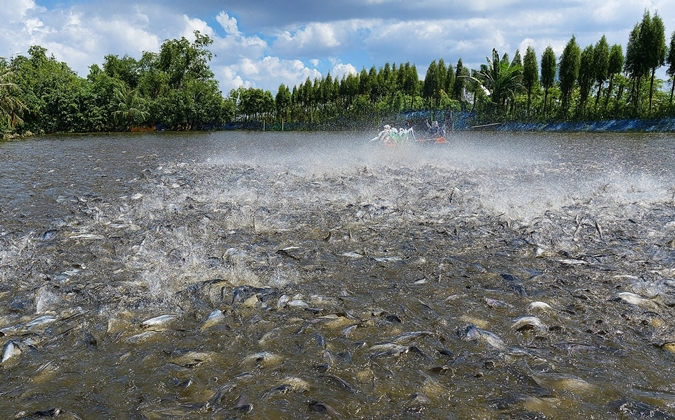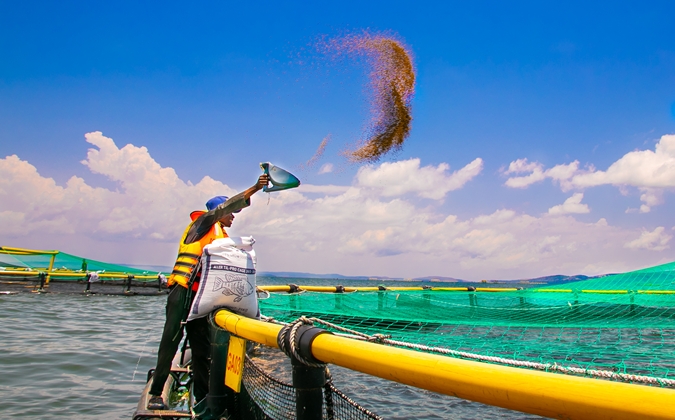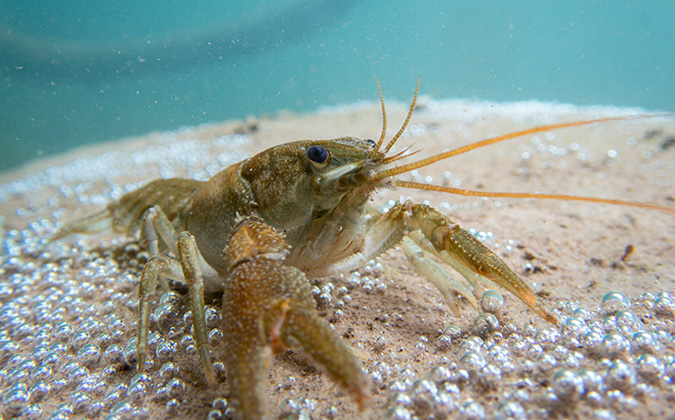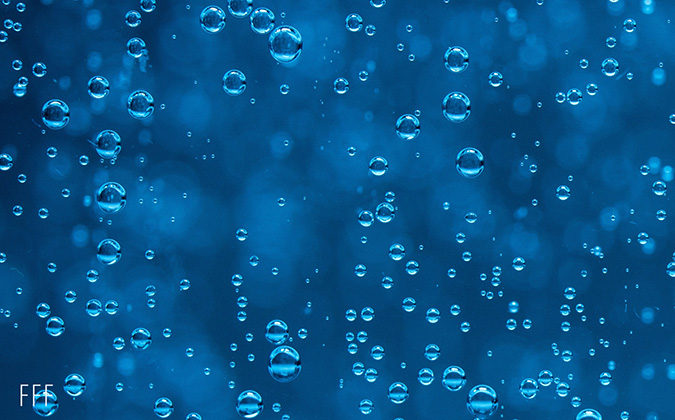
Understanding the phenomenon of shrinking fish and what it means for food supply
Fish are getting smaller, according to a global study over 60 years — with clear implications for global protein supply.
In fact, nearly-three quarters of fish are affected, the research, reported in The Washington Post, has suggested. In the feature, biologists offered several possible explanations for the trend.
Fish size knowns and unknowns
Overfishing and climate change appear to be major factors. The drive to higher catch weights and prices favors the catching of larger fish over small, conveying what would otherwise be an unlikely reproductive advantage to smaller specimens.
The link between water temperature and fish size has long been established, with warming water resulting in smaller animals. The reasons for this, however, remain murky. Possible theories have included that gill development can’t keep up with the increased oxygen demands of warmer water, but other scientists have cast doubt on this. It is possible that other bodily systems are limiting fish growth in the face of stressors or that fish have evolved to stay small.
“How is it that we’ve known about this for so long but we don’t understand mechanisms?” Lisa Komoroske, from the University of Massachusetts at Amherst, questioned in the article.
Ripples across ‘blue economy’
While shrinking fish have an impact on ecosystems, as well as those who depend on fishing for their livelihoods, it also has implications for global aquaculture — the fastest growing food-supply system in the world. In marine aquaculture systems, the tonnage of protein the industry can put out is contingent on the size of adult fish, so greater understanding of what’s keeping sizes down, and which species are most affected, will be crucial in decision-making.
“We’re blinded to fixing problems if we don’t understand what’s causing them in the first place,” Timothy Clark, from Deakin University in Australia, stressed.
It’s clear that more work needs to be done to establish how to best mitigate the problem — and indeed, just how much of a problem it is.
“There’s always a few winners and losers,” Inês Martins, from the University of York, told reporter Dino Grandoni. While Martins was talking about species, a broader winner could potentially be aquaculture.
Technological advancements in fish farming offer the opportunity for precise specification and monitoring of fish conditions, and the option of moving production into highly controlled inland facilities such as recirculating aquaculture systems if culturing fish at sea becomes too uncertain with shifts in water temperature and other environmental variables.
Whatever the future holds for the blue economy, it’s clear that fish biology and environmental change will have to be at the heart of thinking.
Posted on: February 01, 2025






